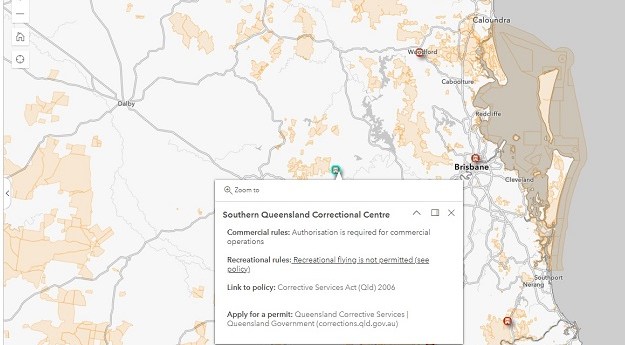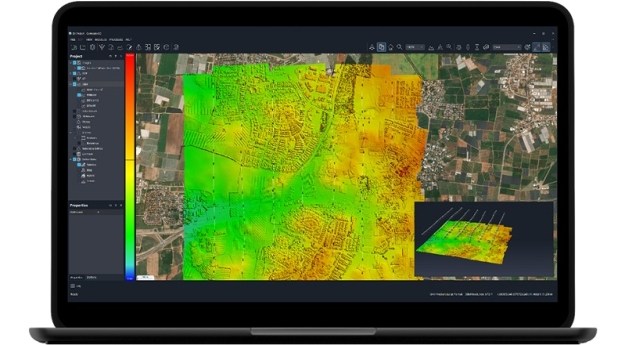
2014 Esri Young Scholars Award winner Grace Lin is working to improve accessibility at Perth’s train stations.
A Curtin University student’s passion to provide improved transport solutions for Perth’s residents has landed her a trip to attend the world’s largest spatial conference, the Esri User Conference in San Diego, California.
Grace Lin won the 2014 Esri Young Scholars Award competition for an impressive entry that maps the accessibility of Perth railway stations for older transit passengers.
The nation-wide competition celebrates excellence in geospatial study and, more specifically, the creative use of GIS to solve commercial and community issues.
Miss Lin beat a quality field of entries to book her place at the Esri User Conference in the United States in July, where she will showcase her project to 15,000 GIS professionals.
Her first-of-its-kind study provides models to help improve train station access for elderly residents and delivers a framework for future infrastructure placement.
The study is particularly pertinent for Perth, where railway transport constitutes a sizeable share of daily travel undertaken by residents of the Western Australian capital.
“Data from 2011 showed nearly one in 10 people living in Perth boarded a train every day,” Ms Lin said.
“When you consider that, over the next 20 years, authorities plan to spend 80 per cent of a $2.9 billion transport infrastructure budget on a light-rail network to extend the existing heavy-rail network, it is critical to ensure train stations are accessible to the population of Perth and will remain so over the long-term.
“This is the first study that’s used GIS technology to provide an insight into issues surrounding accessibility to transport in Perth.”
The study was developed using government information and data gathered directly from transit users.
“By mapping and analysing the location of key infrastructure, such as ramps and lifts, alongside direct road access, park and ride options and the community’s perceptions, we provided a comprehensive picture of each station’s accessibility.”
The judging panel – which included senior industry figures from the Department of Communications, SSSI and Western Power – praised the project for its methodology, innovation, and real-world application.
In particular, Ms Lin gained points for the self-generated data and the lasting difference the study could have to Perth’s transport infrastructure.
While she undertook the project to improve services for Perth’s public transit users, Ms Lin’s motivation for entering the competition was a little more personal – the chance to rub shoulders with Esri founder, and GIS pioneer, Jack Dangermond.
“When I saw that the winner would go to San Diego and have the chance meet Jack, I thought I definitely had to enter,” Ms Lin said.
“I’m looking forward to Jack’s presentation, because I know it will provide the most knowledgeable insight into the latest capabilities of the technology and reveal where it will take us in the future.”
Esri Australia Managing Director Brett Bundock – who also sat on the judging panel – said the quality of the entries for this year’s competition exemplified the growing talent pool of young Australian geospatial experts.
“The demand for geospatial disciplines within Australian universities is growing – and thousands of students now regularly draw on spatial thinking and technologies to solve real-world issues,” Mr Bundock said.
“Grace’s entry demonstrated the real difference GIS technology can deliver when used creatively to solve complex community and business problems.”












